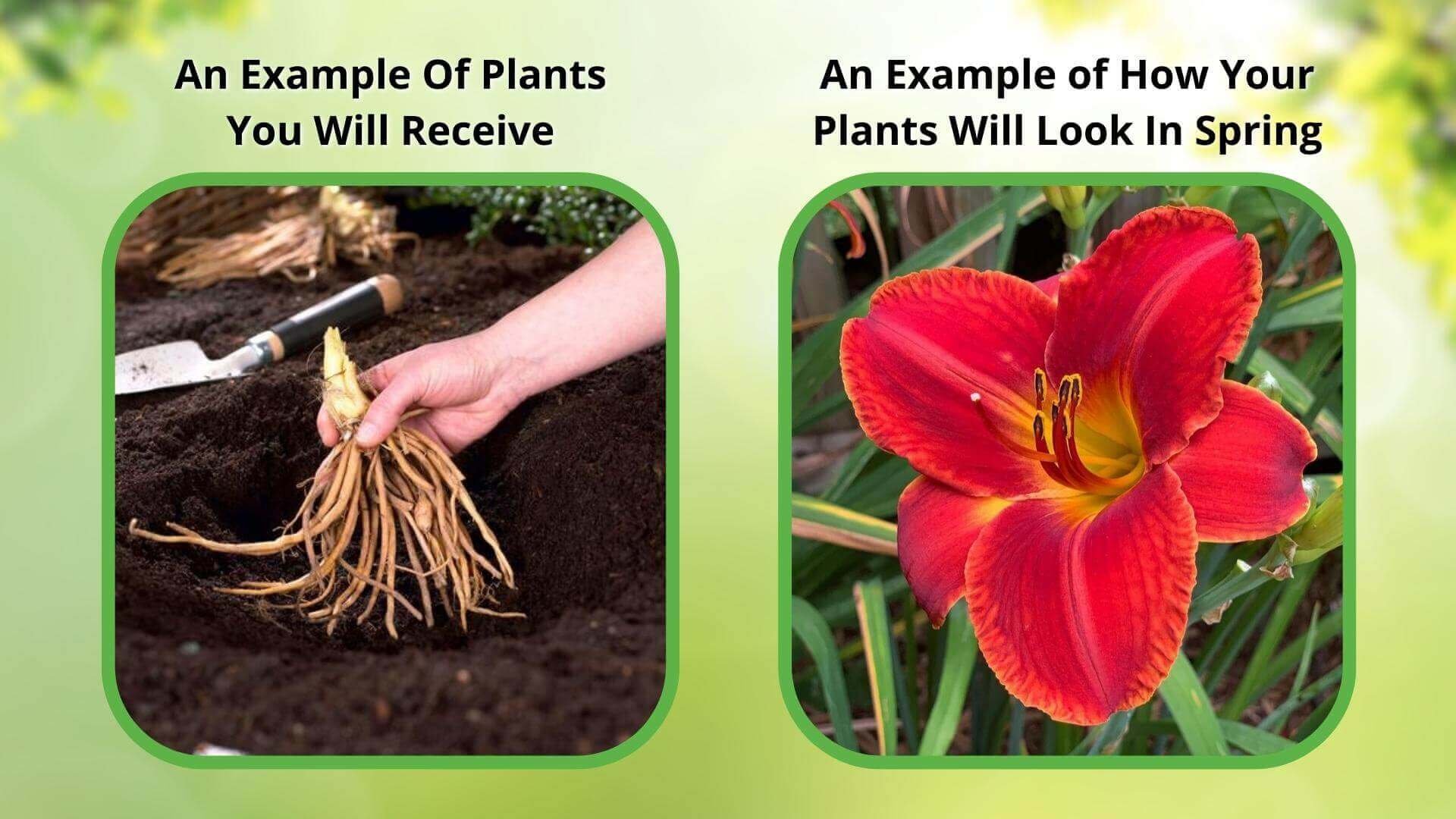Bird's Foot Violet
Bird's Foot violet stands out with its distinct five-lobed, bird-like petals in shades of purple, blue, lavender, and occasionally white. Its intricate patterns and subtle markings add a touch of elegance to any garden space. Bird's foot violets are charming and visually captivating plants with many pleasing attributes incorporated into landscaping designs.
Bird's Foot Violets Are a Low Growing Groundcover
Bird's foot violet is a compact plant that usually does not grow more than 5 inches tall. It spreads out in low clusters of dense leaves and blossoms, making it ideal for gardeners looking for ground cover. Its narrow leaves blend nicely with grass or clover, adding a charming pop of color when it blooms. This flower is also a lovely addition to features like flowerbeds or tree edging. People often use plants around the base of taller flowers or as a border along walkways.
Bird's Foot Violets Have Stunning Blue Blooms
This plant features five-petaled blooms with three larger petals on the bottom and two smaller ones on the top. Typically, it has medium-purple petals with a soft, blue tint. Some variants have a rich, royal purple shade on the top two leaves, while others are such a pale purple that they appear almost white. All variants have a white streak along the center of the lower petal that draws attention to the dark, golden-yellow center of the flower.
It is named after the distinctive shape of its leaves. This compact plant features small bunches of dark green leaves. Each leaf separates into several narrow, spiky lobes that shape it like a bird's footprint. The leaves fan out in a graceful spray, making this plant look even more appealing.
Bird's Foot Violets Bloom In Spring And Fall
Bird's Foot Violet is a perennial plant that can provide charm and beauty for most of the year. After staying dormant over the winter, this plant displays some bright green leaves in early spring. It then begins blooming in the middle of spring. Blossoms often last several weeks, and the plant can continue producing fresh blossoms as long as the conditions are right. In fall, it usually goes through a second round of blooming so that landscapers can enjoy even more beautiful purple flowers.
This Is How Your Plants Will Look upon Delivery

Bloom Season
Spring
Bloom/Foliage Color
Purple
Height at Maturity
Under 12"
Quantity
In Stock
Sold out







